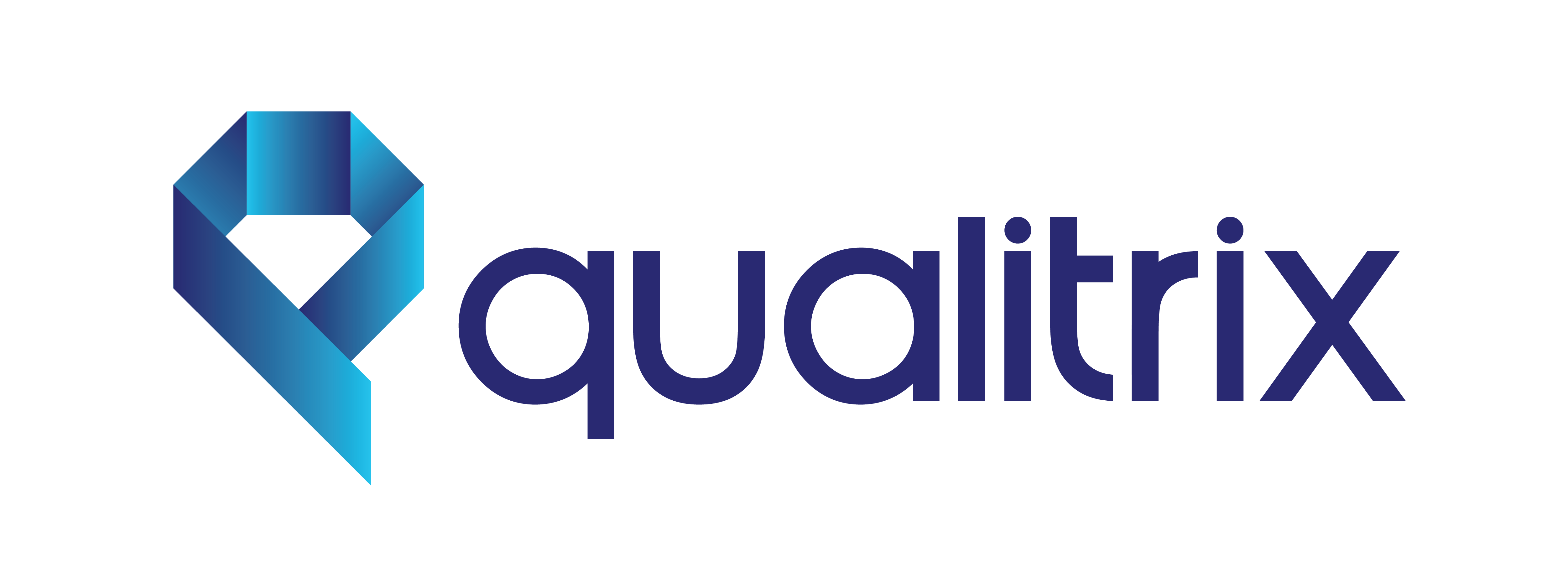Introduction
In the fast-paced world of software development, choosing the right Test Automation framework and tool is a critical decision that significantly influences the efficiency and success of a project. The plethora of options available can be overwhelming, making the selection process a challenge. In this blog, we will unravel the key considerations and steps to guide you in choosing the right Test Automation framework and tool tailored to your project’s unique needs.
Understanding Project Requirements
1. Project Type and Scope
Consideration: The nature of your project – whether it’s a web application, mobile app, or a combination – significantly impacts the choice of the automation framework.
Action: Identify the specific project type and scope to determine the type of automation tool that aligns with your testing requirements.
2. Technology Stack
Consideration: The technologies used in your project, such as programming languages, databases, and frameworks, should align with the capabilities of the chosen automation framework.
Action: Analyze the technology stack of your project and ensure compatibility with the automation tool you are considering.
3. Testing Objectives and Goals
Consideration: Define your testing objectives and goals, such as functional testing, regression testing, performance testing, or a combination of these.
Action: Clearly outline your testing goals to identify whether the chosen framework supports the desired testing types.
Key Criteria for Framework Selection
1. Ease of Use and Learning Curve
Consideration: Assess the ease of use and the learning curve associated with the automation framework, particularly if your team includes members with varying levels of expertise.
Action: Opt for a framework that offers a balance between simplicity and flexibility, considering the skill set of your team.
2. Flexibility and Extensibility
Consideration: Evaluate the flexibility and extensibility of the framework to accommodate changes in requirements and project scalability.
Action: Choose a framework that allows easy modifications and extensions, enabling your team to adapt to evolving project needs.
3. Community Support and Documentation
Consideration: The strength of the community support and the availability of comprehensive documentation impact the troubleshooting and learning process.
Action: Opt for a framework with an active community, ample resources, and well-documented features to ensure smooth implementation and issue resolution.
4. Integration Capabilities
Consideration: Assess the integration capabilities of the framework with other tools, Continuous Integration (CI) platforms, and third-party plugins.
Action: Choose a framework that seamlessly integrates with your existing toolchain, ensuring a smooth and efficient workflow.
5. Cross-Browser and Cross-Platform Compatibility
Consideration: Ensure the framework supports cross-browser testing and cross-platform compatibility to guarantee a consistent user experience.
Action: Choose a framework that facilitates testing across different browsers and platforms, allowing you to reach a broader user base.
Selecting the Right Automation Tool
1. Selenium: The Industry Standard for Web Automation
Advantages:
- Cross-browser compatibility.
- Multi-language support.
- Large community and extensive documentation.
- Integrates well with various programming languages.
Consideration: Ideal for web application testing, Selenium might be your go-to choice if your project primarily involves web-based applications.
2. Appium: Mobile Automation Par Excellence
Advantages:
- Cross-platform mobile automation.
- Supports native, hybrid, and mobile web applications.
- Integration with Selenium for hybrid app testing.
Consideration: If your project involves mobile applications (iOS and Android), Appium is a robust choice for mobile test automation.
3. JUnit and TestNG: Java Powerhouses
Advantages:
- Widely used in Java environments.
- Robust testing annotations and assertions.
- Integration with build tools like Maven and Gradle.
Consideration: If your project is Java-centric, JUnit or TestNG can be the framework of choice for creating and executing test cases.
4. Cypress: Revolutionizing Front-End Testing
Advantages:
- Fast and efficient for front-end testing.
- Real-time reloading and debugging features.
- Simplified syntax and easy setup.
Consideration: If your focus is on front-end testing and you seek a modern and efficient solution, Cypress could be the right fit.
5. TestComplete: Comprehensive Cross-Platform Testing
Advantages:
- Cross-browser and cross-platform testing capabilities.
- Supports multiple scripting languages.
- Robust object recognition and scripting.
Consideration: For projects that require extensive cross-platform testing, TestComplete provides a comprehensive solution.
Conclusion: Tailoring the Right Fit
Choosing the right Test Automation framework and tool is akin to selecting the right gear for a journey – it greatly influences the ease, efficiency, and success of your project. By understanding your project’s requirements, evaluating key criteria for framework selection, and exploring the strengths of popular automation tools, you can tailor a solution that seamlessly integrates with your development workflow and ensures the delivery of high-quality software. The future of your project’s testing endeavors lies in the strategic selection of the right Test Automation framework and tool – a decision that will propel your team towards greater efficiency and success in the ever-evolving landscape of software development.

